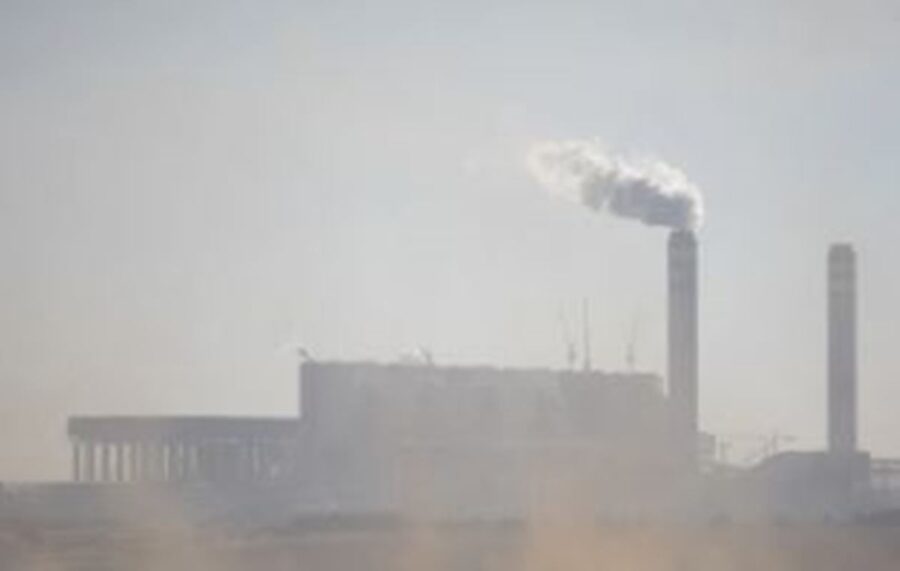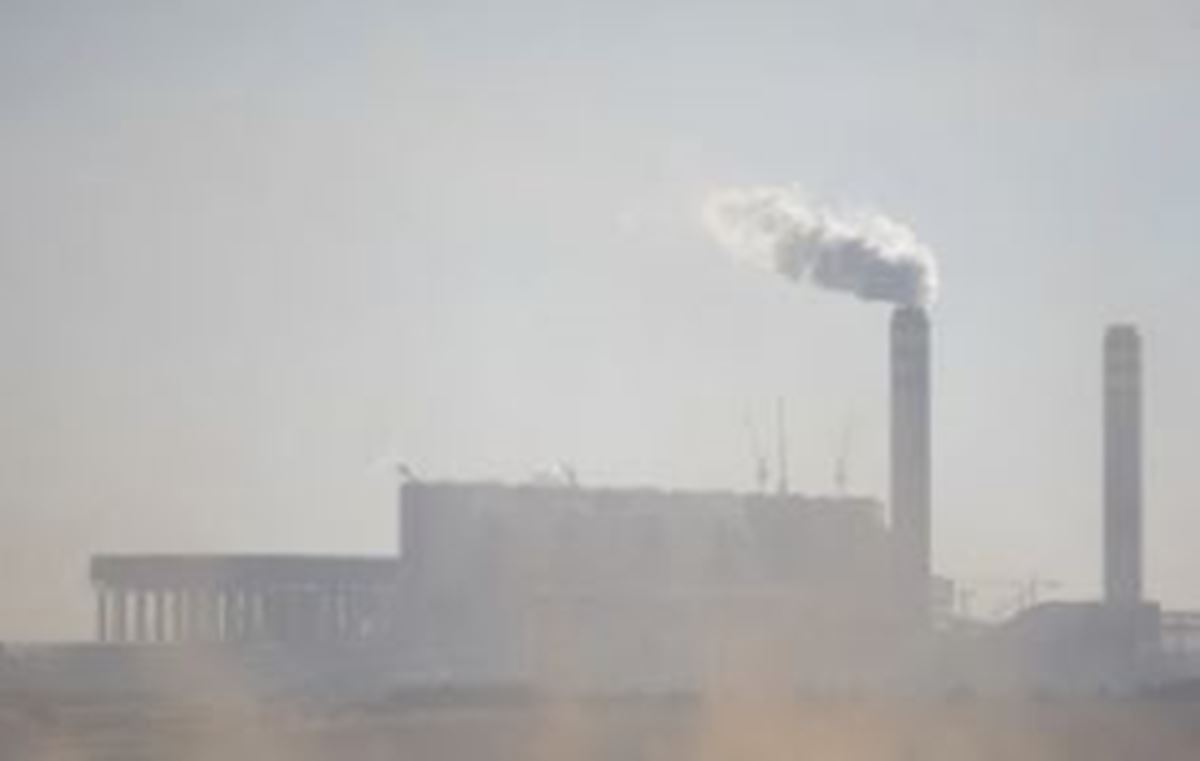
Update on Sulphur Stench Probe in Gauteng and Mpumalanga
Investigations into the source of the sulphur stench that was experienced in parts of Gauteng and Mpumalanga last month are ongoing. The update on the investigations comes after a visit by officials from the Department of Environment, Forestry and Fisheries (DEFF) and the Gert Sibande District Municipality in Mpumalanga to the Sasol Secunda Plant on […]

Investigations into the source of the sulphur stench that was experienced in parts of Gauteng and Mpumalanga last month are ongoing.
The update on the investigations comes after a visit by officials from the Department of Environment, Forestry and Fisheries (DEFF) and the Gert Sibande District Municipality in Mpumalanga to the Sasol Secunda Plant on 18 February.
In a statement released on Sunday, the department said the stench was most likely a combination of elevated levels of sulphur dioxide and hydrogen sulphide.
“During the inspection it was found that the release of sulphur dioxide and hydrogen sulphide from the Sasol plant were within the approved limits of the Atmospheric Emission Licence (AEL) issued to them by the Gert Sibanda Municipality on 23 April 2019.
“At this stage, department and Gert Sibanda Municipality cannot say definitively what the major source/s of the air pollution was,” the department said.
The DEFF and Gert Sibanda Municipality suspect that the stench experienced over parts of Gauteng earlier this month may have been the result of the cumulative impact from a number of sources in the surrounding areas.
“While initial investigations have shown that the sulphur dioxide levels were in compliance with ambient air quality standards across all stations in the week of 11 to 17 February 2021, levels of hydrogen sulphide were found to have been elevated at times during the week in question.
“Extreme peaks were noted at Lebohang monitoring station (234 ppb on the 12th of February at 11:00) and Springs monitoring station (220 ppb on 16 February at 11:00),” the department said.
In Pretoria, hydrogen sulphide measurements at the South African Weather Service’s station in Irene, Centurion, showed that hydrogen sulphide exceeded the World Health Organisation (WHO) recommendation on the 12th, 15th and until 17th February 2021, with the highest peak of 61 ppb on 16 February at 01:00),” the department said.
The measurements show that there were two typical periods during the day when the levels of hydrogen sulphide were most severe, around 01:00 and 11:00 in the mornings. Such peaks are typical of transported air with pollution from high-level sources such as tall stacks.
The WHO recommends that hydrogen sulphide concentrations should not exceed 5.02 parts per billion (ppb) within a 30-minute averaging period in order to avoid substantial complaints about odour annoyance among the exposed population.
“There was also a low-pressure system in the north of the Mozambique Channel that gave rise to a rather uncommon circulation pattern over the region. These conditions created prevailing south-easterly winds that allowed for transportation of air pollution from the Mpumalanga industrial region into Gauteng, particularly over the cities of Ekurhuleni, Johannesburg and Pretoria.
“It has therefore been recommended that other sources that could have contributed to the odour experienced in the Gauteng also be investigated. These include power plants and waste water works that also emit hydrogen sulphide,” the department said.
The findings of the probe will be made available once completed. – SAnews.gov.za
